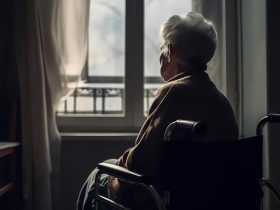Nonmarried individuals with ischemic heart disease have higher prevalence of state hopelessness than married individuals
FRIDAY, Sept. 3, 2021 (HealthDay News) — Rural patients with ischemic heart disease (IHD) have higher levels of state hopelessness, especially those who are unmarried, according to a study published online Sept. 1 in the Journal of the American Heart Association.
Deb Bomgaars, Ph.D., R.N., from Dordt University in Sioux Center, Iowa, and colleagues conducted a descriptive cross-sectional study using data from 628 patients hospitalized for IHD in the Great Lakes and Great Plains. Study participants were stratified by level of rurality.
The researchers found that rural patients had higher levels of state hopelessness, as measured by the State-Trait Hopelessness Scale (58.8 versus 48.8 percent; odds ratio, 1.50); after adjustment for demographics, depression severity, and physical functioning, the difference remained statistically significant (odds ratio, 1.59). After accounting for covariates, there was evidence of an interaction between marital status and rurality on state hopelessness. In rural areas, nonmarried individuals had an increased prevalence of state hopelessness compared with married individuals (72.0 versus 52.0 percent).
“Findings indicate that rural patients with IHD may be at higher risk for state hopelessness, particularly if they are nonmarried,” the authors write. “Knowledge of hopelessness in rural patients with IHD is important for health care professionals in both acute care and outpatient settings so that they can identify and counsel at-risk patients.”
Copyright © 2021 HealthDay. All rights reserved.







